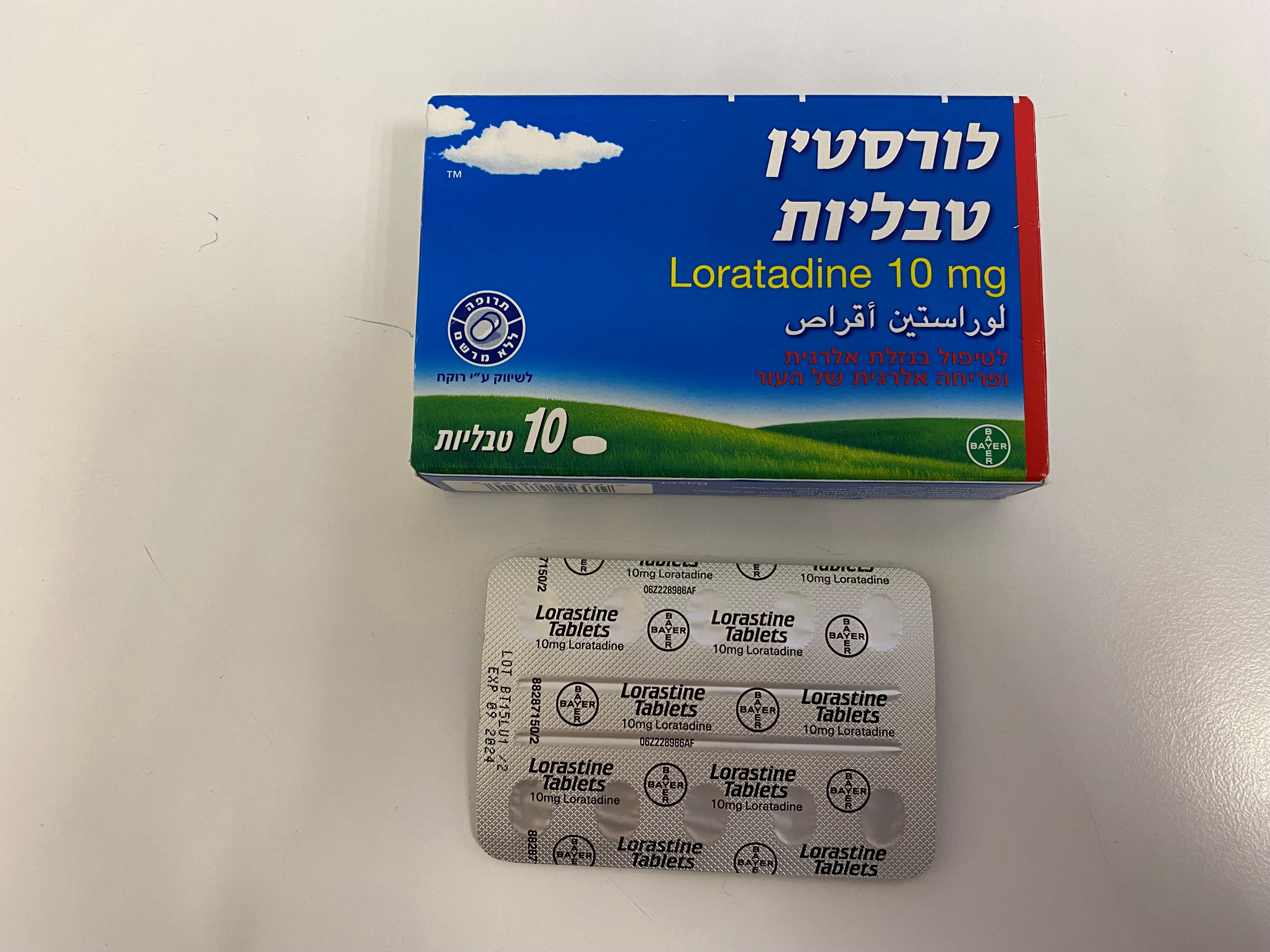Quest for the right Drug

לורסטין טבליות LORASTINE TABLETS (LORATADINE)
תרופה במרשם
תרופה בסל
נרקוטיקה
ציטוטוקסיקה
צורת מתן:
פומי : PER OS
צורת מינון:
טבליה : TABLETS
עלון לרופא
מינוניםPosology התוויות
Indications תופעות לוואי
Adverse reactions התוויות נגד
Contraindications אינטראקציות
Interactions מינון יתר
Overdose הריון/הנקה
Pregnancy & Lactation אוכלוסיות מיוחדות
Special populations תכונות פרמקולוגיות
Pharmacological properties מידע רוקחי
Pharmaceutical particulars אזהרת שימוש
Special Warning עלון לרופא
Physicians Leaflet
Adverse reactions : תופעות לוואי
4.8 Undesirable effects Summary of the safety profile In clinical trials involving adults and adolescents in a range of indications including allergic rhinitis (AR) and chronic idiopathic urticaria (CIU), at the recommended dose of 10 mg daily, adverse reactions with loratadine were reported in 2% of patients in excess of those treated with placebo. The most frequent adverse reactions reported in excess of placebo were somnolence (1.2%), headache (0.6%), increased appetite (0.5%) and insomnia (0.1%). Tabulated list of adverse reactions The following adverse reactions reported during the post-marketing period are listed in the following table by System Organ Class. Frequencies are defined as very common (≥ 1/10), common (≥ 1/100 to < 1/10), uncommon (≥ 1/1,000 to < 1/100), rare (≥ 1/10,000 to < 1/1,000), very rare (< 1/10,000) and not known (cannot be estimated from the available data). Within each frequency grouping, adverse reactions are presented in order of decreasing seriousness. System Organ Class Frequency Adverse Experience Term Hypersensitivity reactions Immune system disorders Very rare (including angioedema and anaphylaxis) Nervous system disorders Very rare Dizziness, convulsion Cardiac disorders Very rare Tachycardia, palpitation Gastrointestinal disorders Very rare Nausea, dry mouth, gastritis Hepatobiliary disorders Very rare Abnormal hepatic function Skin and subcutaneous tissue disorders Very rare Rash, alopecia General disorders and administration Very rare Fatigue site conditions Investigations Not Known Weight increase Paediatric population In clinical trials in a paediatric population, children aged 2 through 12 years, common adverse reactions reported in excess of placebo were headache (2.7%), nervousness (2.3%), and fatigue (1%). Reporting of suspected adverse reactions Reporting suspected adverse reactions after authorisation of the medicinal product is important. It allows continued monitoring of the benefit/risk balance of the medicinal product. Healthcare professionals are asked to report any suspected adverse reactions to the Ministry of Health according to the National Regulation by using an online form https://sideeffects.health.gov.il

שימוש לפי פנקס קופ''ח כללית 1994
Symptomatic relieve of allergy such as hay fever, urticaria
תאריך הכללה מקורי בסל
01/01/1995
הגבלות
תרופה שאושרה לשימוש כללי בקופ'ח
מידע נוסף
